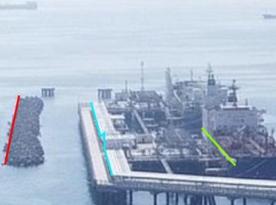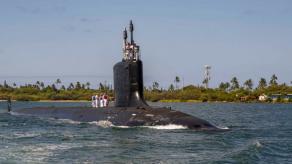The Ukrainian Navy have successfully carried out a precision strike using the Neptune cruise missiles against two critical energy facilities in russia's Oryol region – the Oryol Thermal Power Plant and the Novobryansk electrical substation.
Both facilities were directly involved in supporting russia's military-industrial complex, providing power to defense production and logistics enterprises across the region. Their destruction has dealt a tangible blow to the enemy's industrial and logistical network, the Ukrainian Navy emphasized.
Read more: Ukrainian Forces Destroyed One of Three Oreshnik IRBMs Inside russian Territory
The strike underscores Ukraine's growing long-range strike capabilities and the expanded operational reach of its domestically produced Neptune system. Initially designed as an anti-ship missile, the Neptune system has been modified into a land-attack variant, enabling Ukrainian forces to hit high-value targets hundreds of kilometers inside russian territory.
By targeting infrastructure that powers defense production, Ukraine continues its strategy of systematic disruption of russia's war machine, striking at the sources that sustain its ability to produce and transport weapons. Such attacks have increasingly forced the russian military to divert air defenses and resources inland, away from the front lines.
As Defense Express previously reported, new data revealed during a briefing with President Volodymyr Zelenskyy have confirmed the range characteristics of russia's Oreshnik system. The missile, which Moscow used once in a strike on Dnipro on November 21, 2024, reportedly has a maximum range of 5,500 kilometers and a minimum effective range of 700 kilometers.
These figures place it squarely in the same class as the Soviet-era RSD-10 Pioneer missile, whose range spanned between 600 and 5,000 kilometers.

Read more: New Data Reveals Range and Production of the Oreshnik Missile














